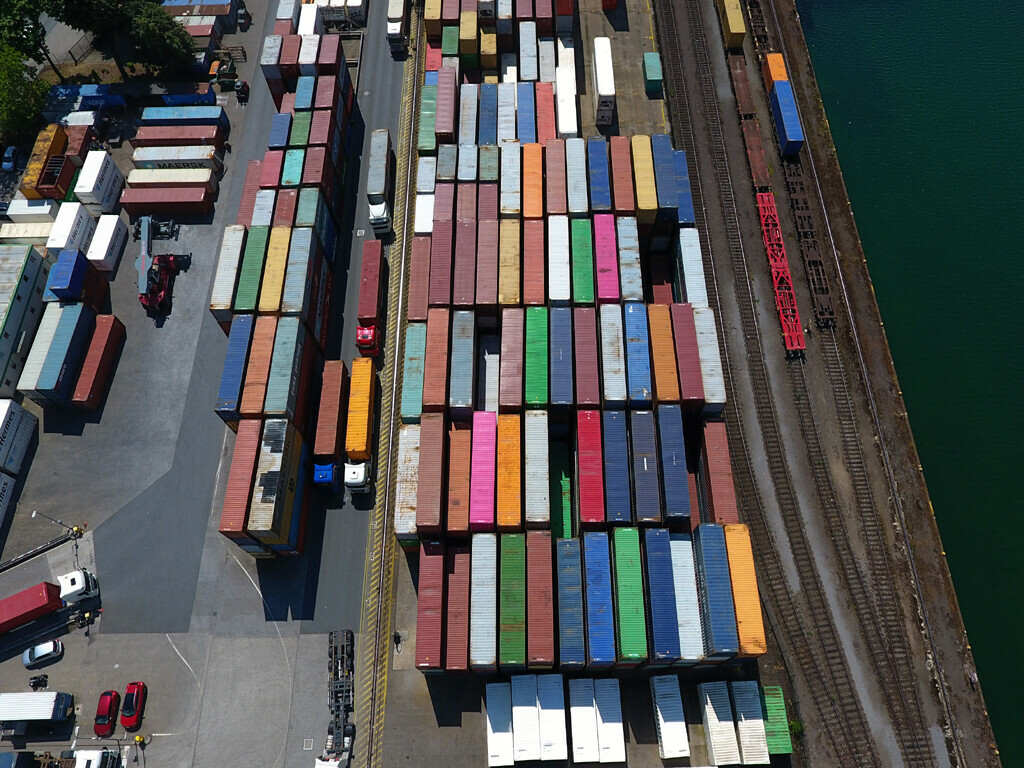The U.S. trade deficit in goods narrowed in August amid a decline in imports, which is being driven by slowing domestic demand as the Federal Reserve aggressively tightens monetary policy to tame inflation.
The report from the Commerce Department on Wednesday suggested that trade would again contribute to gross domestic product in the third quarter. The economy could also get a lift from big gains in wholesale and retail inventories last month.
"Trade should be a positive for third-quarter GDP," said Ryan Sweet, a senior economist at Moody's Analytics in West Chester, Pennsylvania. "Still, the third quarter isn't shaping up to be overly impressive."
The goods trade deficit contracted 3.2% to $87.3 billion last month, the smallest since October 2021. Imports of goods dropped $4.6 billion to $267.1 billion. There was a 6.9% plunge in imports of industrial supplies, which include petroleum.
Imports of capital goods dropped 1.8%, while those of consumer goods slipped 0.2%. There were, however, increases in imports of food, motor vehicles and other goods, which boosted retail inventories.
Goods exports fell $1.7 billion to $179.8 billion. The decrease in exports was led by motor vehicles, which tumbled 8.9%. Exports of industrial supplies fell 3.5%. But exports of consumer goods surged 8.0%. There were also increases in exports of food, capital and other goods.
Record exports and moderate consumer spending were the only bright spots in the economy in the second quarter, helping to limit the hit on gross domestic product from a sharp deceleration in the pace of inventory accumulation.
The economy contracted at a 0.6% annualized rate last quarter. That followed a 1.6% pace of decline in GDP in the January-March quarter. Growth forecasts for the third quarter are below a 1.5% rate, with a big drag from housing anticipated.
The U.S. central bank last week raised its policy interest rate by 75 basis points, its third straight increase of that size. It signaled more large increases to come this year.
The Commerce Department also reported that wholesale inventories jumped 1.3% in August after rising 0.6% in July. Retail inventories increased 1.4% after advancing 1.1% in July.
Motor vehicle inventories shot up 3.7% after rising 3.5% in the prior month. Retail inventories excluding motor vehicles, the component that goes into the calculation of GDP, increased 0.6% after gaining 0.3% in July.










